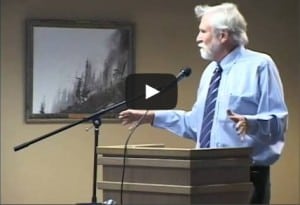Sorry I am late with this.. could not figure out how to upload from my phone. This is 12:15 MT about 20 mins from now.
Here is the link to the webcast. Log in as guest.
ASSESSING WILDFIRE MITIGATION OUTREACH STRATEGIES IN THE WILDLAND-URBAN INTERFACE
Monday, September 29
12:15 – 1:15 PM
CSTPR Conference Room, 1333 Grandview Avenue
More Info
by Deserai Crow, Center for Science and Technology Policy Research and Environmental Studies, University of Colorado Boulder
Adrianne Kroepsch, Elizabeth Koebele, and Lydia Dixon, Environmental Studies, University of Colorado Boulder
Abstract: Colorado residents, local governments, and non-governmental organizations are becoming increasingly aware of damages that wildfire – and especially catastrophic wildfire – can inflict on their communities and watersheds. Because wildfires are expected only to escalate in frequency and destruction in the American West due to regional demographic and climate trends, it is important for policymakers and water resource planners to understand how to best promote effective wildfire risk mitigation techniques among residents who choose to live in the wildland-urban interface (WUI). What types of wildfire mitigation information do homeowners in WUI zones receive, how is information distributed to them, and what effects does that information have on individual behavior? This study uses data from in-depth interviews and focus groups with fire professionals, wildfire-focused watershed groups, and homeowners in two communities in Colorado that have recently experienced historic wildfires, as well as a cross-jurisdictional survey of fire professionals in the American West, to examine programmatic efforts used to encourage homeowners to mitigate their wildfire risk. The results provide insights into constraints on individual and collective capacity, the effectiveness of formal versus informal roles for government, and other findings that may inform more effective wildfire risk mitigation policies in Colorado and across the American West in the future.
Biography: Deserai Crow is an Assistant Professor in the Environmental Studies Program at the University of Colorado-Boulder, where she works with Adrianne Kroepsch, Elizabeth Koebele, Lydia Dixon, Rebecca Schild, and Katie Clifford, all doctoral students in Environmental Studies and Geography. The Crow research group studies local environmental policy processes and the role that information plays in those processes, with a geographic emphasis on the American West. In addition to the wildfire-related research presented here, members of the Crow group are actively studying water governance, climate change, oil and gas extraction, wolf restoration, and environmental citizenship. Crow is affiliated with the Center for Science & Technology Policy Research at C.U., and is also the Associate Director of the Center for Environmental Journalism.
Check out our Noontime Seminar Series webcast page where we have past webcasts availabl


